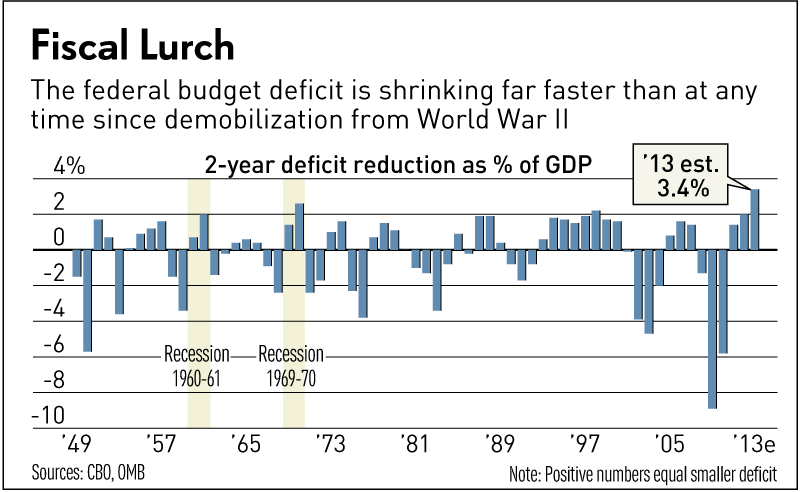Cross posted from The Stars Hollow Gazette
Economist, author and co-director of the Center for Economic and Policy Research, Dean Baker took New York Times columnist Thomas L. Friedman back to economics class (he may not have ever went) for his Sunday column that was “once again mass marketing misinformation on economics” and getting it “180 degrees wrong: the Friedman standard.”
Dr. Baker start off citing Mr. Friedman’s first paragraph:
It begins by telling us that Tim Cook and Apple are sitting on $137 billion that they could be investing:
“Apple is currently sitting on $137 billion of cash in the bank. There are many reasons Apple has not spent its cash horde, but I’ll bet anything that one of them is the uncertain economic and tax environment in this country. Think about how much better we’d all be if Apple, and the many other companies sitting on cash, felt confident enough in the future to spend it. These are the most dynamic companies in the world. They don’t need any government help to innovate.”
He goes on to explain how, at this time, investment in equipment and software is near pre-recession levels. He then moves on to Mr. Friedman’s wrongheadedness about consumption and the trade deficit.
Then Dr. Dean get to the real nitty gritty of how really wrong Friedman is on getting the American economy moving is this theory on investment in infrastructure and early childhood education:
Friedman just keeps getting better:
“Our choice today is not ‘austerity’ versus ‘no austerity.’ That is a straw man argument offered by both extremes. It’s about whether we phase in – in the least painful way possible – a long-term plan that balances our need to protect the most vulnerable in this generation while funding the most opportunities for the next generation, and still creating growth. We can’t protect both generations in full anymore, but we must not sacrifice one for the other – favoring nursing homes over nursery schools – and that’s what we’re on track to do.”
You have to love the line:
“We can’t protect both generations in full anymore.”
Somehow Friedman missed the fact that the problem we are facing is a lack of demand. We need people to spend more not less. How does austerity reduce unemployment and get the economy back to full employment? It hasn’t worked in Ireland, Greece, Spain, the United Kingdom or anywhere else that can be identified. How on earth does the fact that we now face a huge gap in demand mean that we are less well-situated to “protect both generations.” (Of course he doesn’t say anything about income distribution.)
Again, if Friedman could be taught some intro economics it would be hugely helpful here. Suppose Friedman gets his wish for a grand bargain and everyone working today knew that they would be seeing sharply lower Social Security and Medicare benefits in the future. All of those consumers who Friedman thinks are paralyzed by uncertainty will suddenly realize that they can be certain that they will need more money to support themselves in retirement because the Thomas Friedmans of the world have taken away their Social Security and Medicare.
As Mr. Friedman has written, he mostly travel’s by taxi. So Dr. Baker has an idea on how you can help with Mr. Friedman’s economic education if you live in New York City:
Print copies of the two graph’s the investment share of GDP and consumption as a share of disposable income;
Give then to NYC cab driver’s to give to Mr. Friedman if, and when, they pick him up.
The theory is that if enough people do this eventually Mr. Friedman will learn something about economics and we will “no longer have to see painfully wrongheaded columns on the economy in the Sunday NYT.”
I stopped reading Mr. Friedman’s columns sometime after 2006, three years into the Iraq War that was only suppose to last six months. Mr. Friedman started predicting the outcome of the war would take six months in 2003. He did it often enough that Atrios started calling the prediction a “Friedman Unit” in 2006 and it became a running joke thereafter.


 On this day in 1942,
On this day in 1942, 

